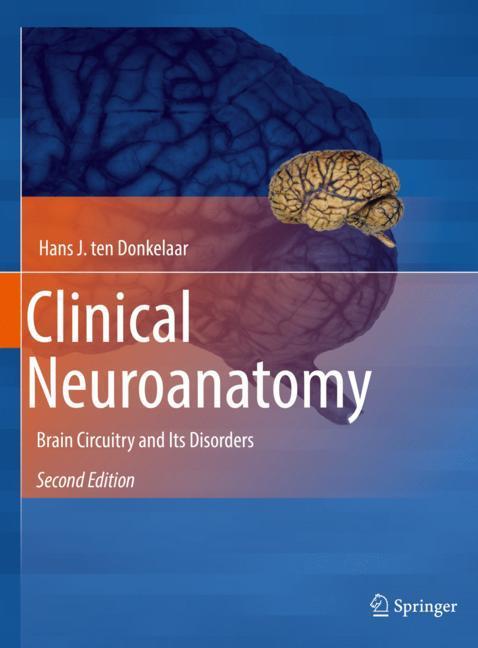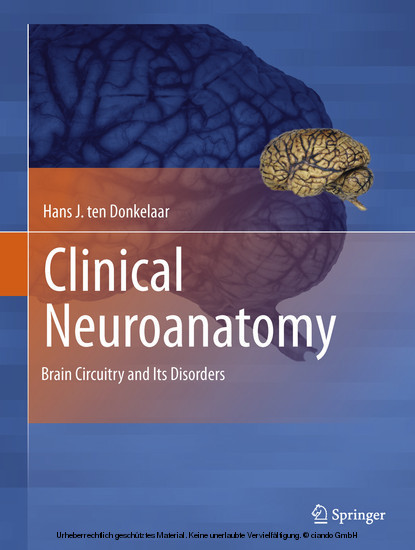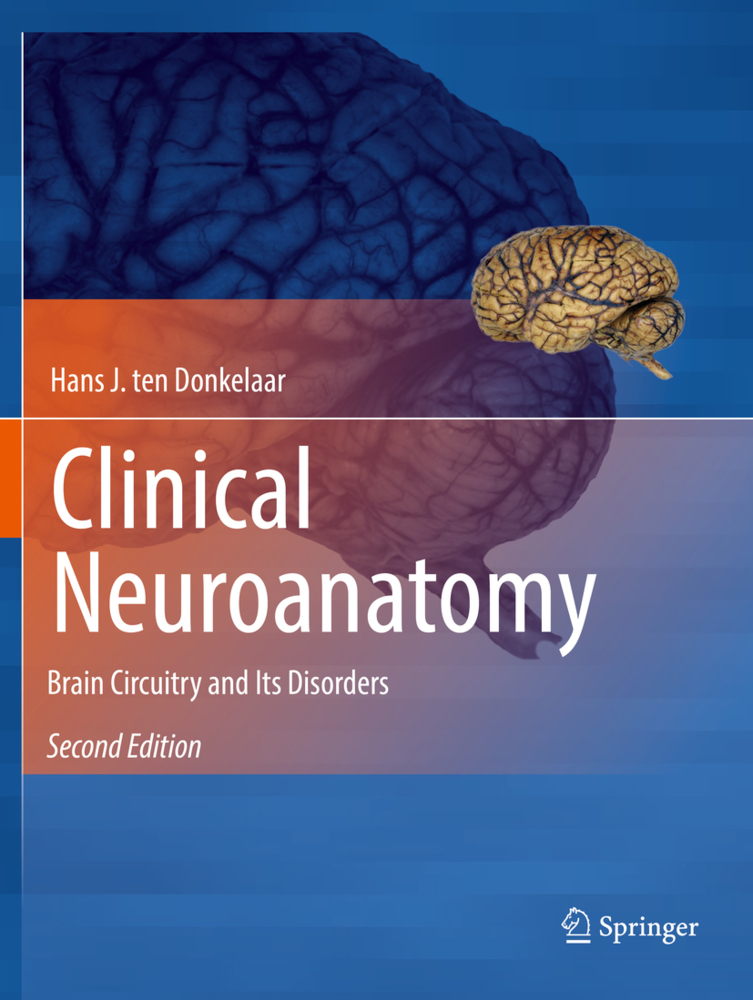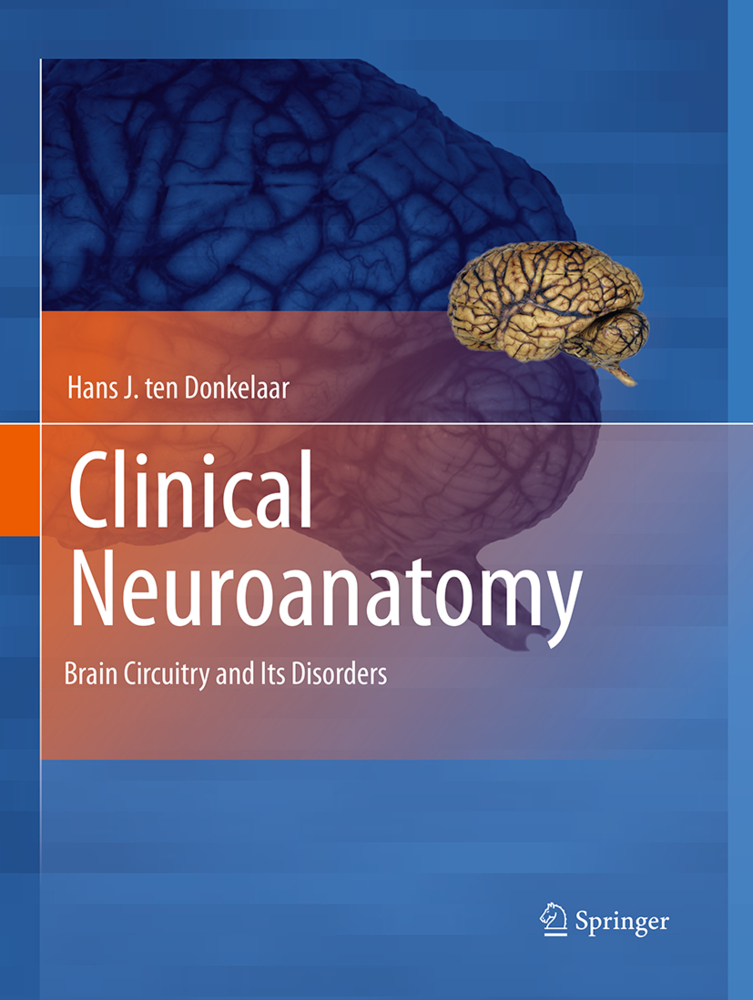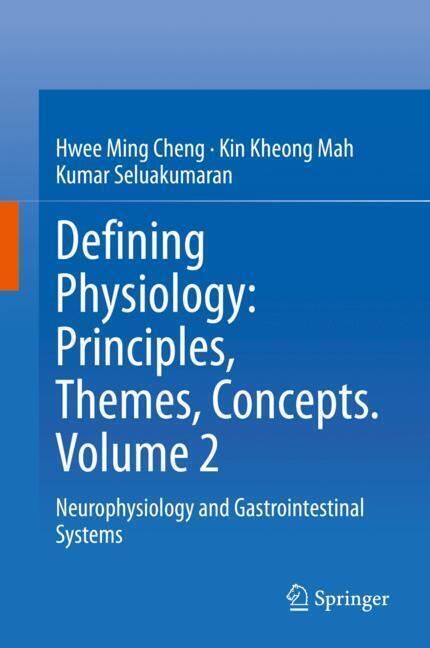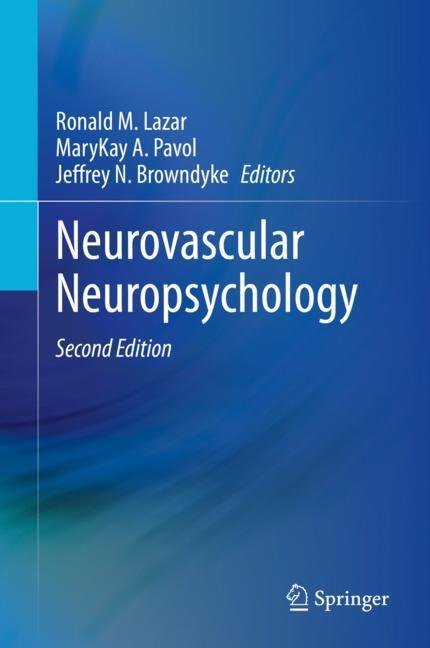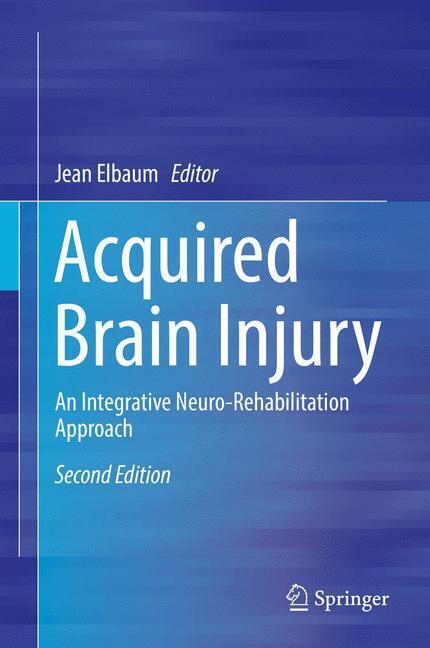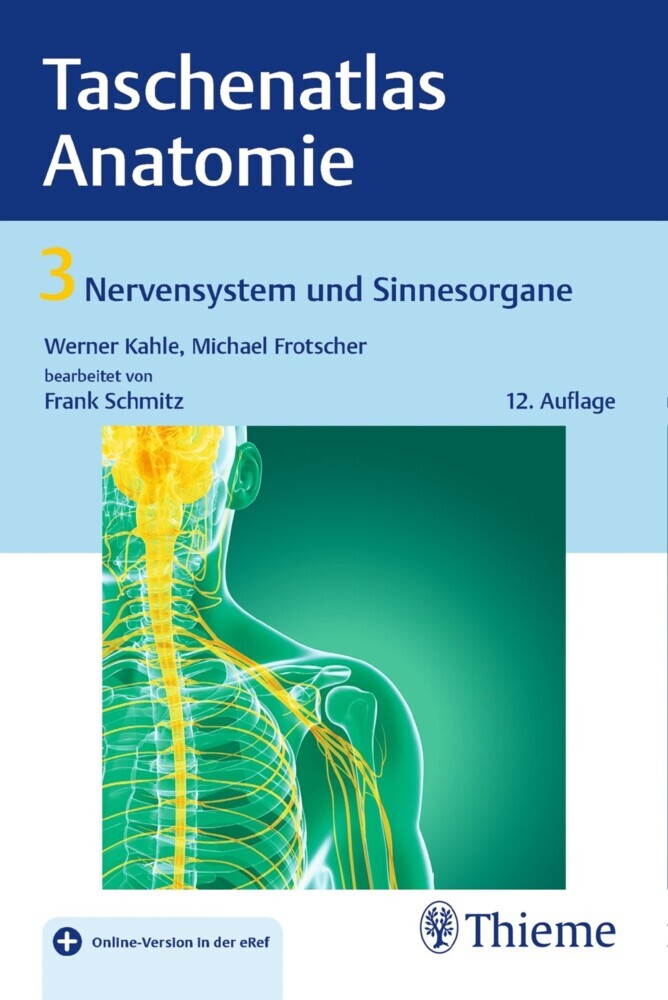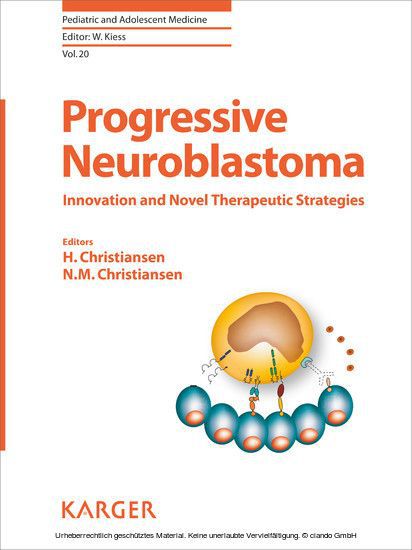Clinical Neuroanatomy
Connections define the functions of neurons: information flows along connections, as well as growth factors and viruses, and even neuronal death can progress through connections. Accordingly, knowing how the various parts of the brain are interconnected to form functional systems is a prerequisite for properly understanding data from all fields in the neurosciences.
Clinical Neuroanatomy: Brain Circuitry and Its Disorders bridges the gap between neuroanatomy and clinical neurology. It focuses on human and primate data in the context of brain circuitry disorders, which are so common in neurological practice. In addition, numerous clinical cases are presented to demonstrate how normal brain circuitry can be interrupted, and what the effects are. Following an introduction to the organization and vascularization of the human brain and the techniques used to study brain circuitry, the main neurofunctional systems are discussed, including the somatosensory, auditory, visual, motor, autonomic and limbic systems, the cerebral cortex and complex cerebral functions. In this 2nd edition, apart from a general updating, many new illustrations have been added and more emphasis is placed on modern techniques such as diffusion magnetic resonance imaging (dMRI) and network analysis. Moreover, a developmental ontology based on the prosomeric model is applied, resulting in a more modern subdivision of the brain.
The new edition of Clinical Neuroanatomy is primarily intended for neurologists, neuroradiologists and neuropathologists, as well as residents in these fields, but will also appeal to (neuro)anatomists and all those whose work involves human brain mapping.
Hans J. ten Donkelaar (1946) studied Medicine at the University of Nijmegen (The Netherlands), where he received his M.D. (1974) and Ph.D. (1975). In 1978, he was appointed Associate Professor of Neuroanatomy at the Department of Anatomy and Embryology of that University, where he taught Gross Anatomy and Neuroanatomy. His research interests are developmental and comparative aspects of motor systems, developmental disorders of the CNS and neurodegenerative diseases. With Rudolf Nieuwenhuys and Charles Nicholson he published The Central Nervous System of Vertebrates (1998, Springer) and with the late Anthony Lohman an anatomy and embryology textbook in Dutch, which is now in its fourth edition (ten Donkelaar HJ, Oostra R-J 2014 Klinische Anatomie en Embryologie. Springer Media/Houten/NL).
In 1998, he came to the Department of Neurology of the Radboud University Medical Centre in Nijmegen to do research on developmental and neurodegenerative diseases. In 2006, he published with Martin Lammens and Akira Hori Clinical Neuroembryology: Development and developmental disorders of the human central nervous system (Springer), which is in its second edition now (2014), and in 2011 Clinical Neuroanatomy: Brain circuitry and its disorders, which is no going into a second edition. Since 2012, he is Coordinator of the Working Group Neuroanatomy of the Federative International Programme for Anatomical Terminology (FIPAT) of the International Federation of Anatomical Associations (IFAA) and responsible for the Terminologia Neuroanatomica (TNA) published online February 23, 2017 (FIPAT.library.dal.ca/TNA). To promote the TNA, an illustrated version has been published with David Kachlík and R. Shane Tubbs as An Illustrated Terminologia Neuroanatomica: A concise encyclopedia of human neuroanatomy (ten Donkelaar HJ, Kachlík D, Tubbs RS; Springer, Heidelberg, 2018, Heidelberg).
Since 1970, he is married to Ji?ina Korfová, who worked for a long time as anesthesiologist at the Rijnstate Hospital in Arnhem, the Netherlands. They have two children and four grandchildren and live partly in Doorwerth, The Netherlands, and partly in Prague, Czech Republic.
ten Donkelaar, Hans J.
Broman, Jonas
Catani, Marco
Cömert, Ayhan
Cruysberg, Johannes R.M.
den Dunnen, Wilfred F.A.
Doorduin, Jonne
Eling, Paul A.T.M.
Hashizume, Yoshio
Hori, Akira
| ISBN | 9783030418786 |
|---|---|
| Artikelnummer | 9783030418786 |
| Medientyp | E-Book - PDF |
| Auflage | 2. Aufl. |
| Copyrightjahr | 2020 |
| Verlag | Springer-Verlag |
| Umfang | 981 Seiten |
| Sprache | Englisch |
| Kopierschutz | Digitales Wasserzeichen |

